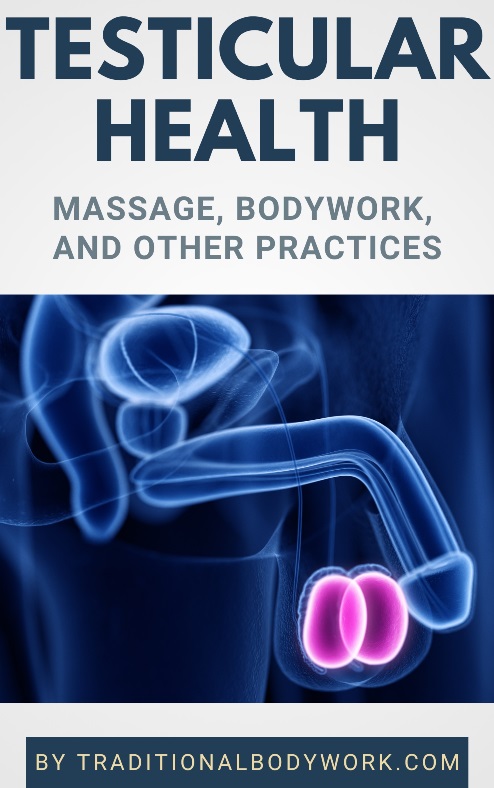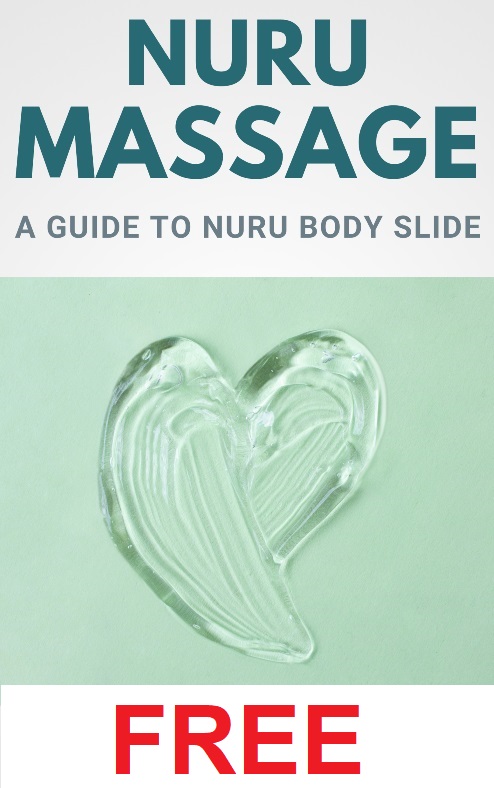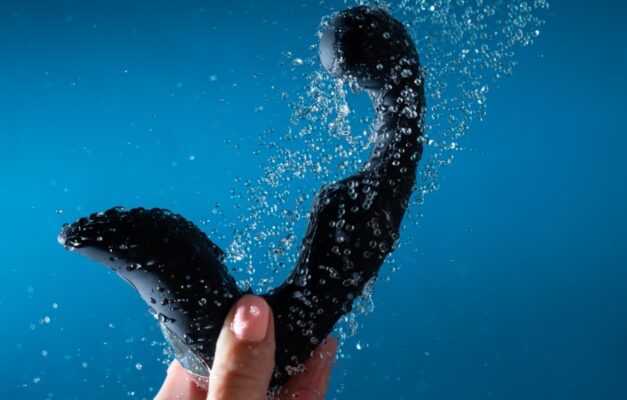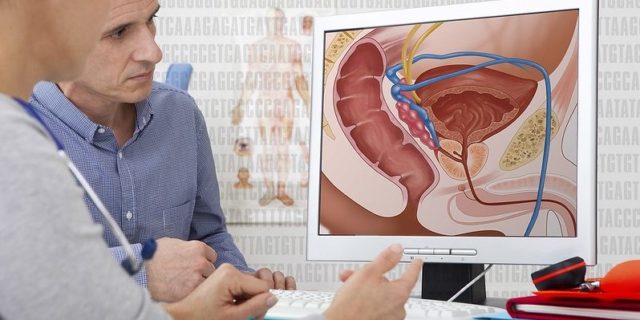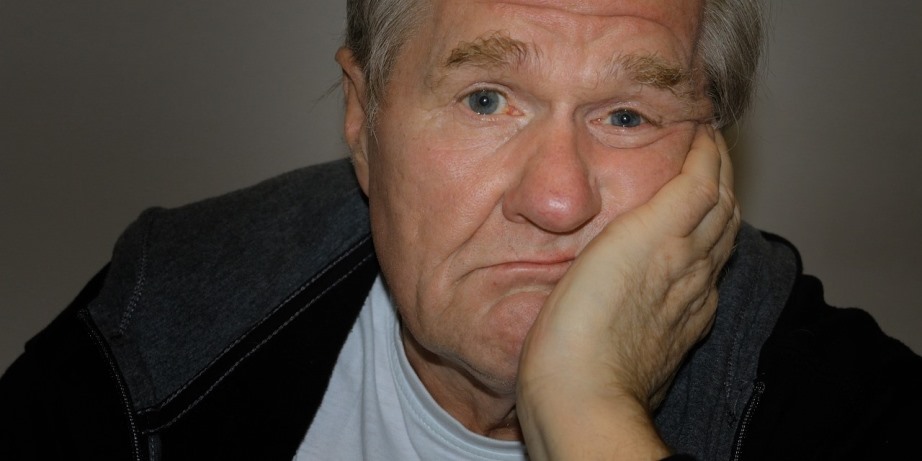
Premature Ejaculation (PE) is also called Early Ejaculation or Rapid Ejaculation. It’s a common sexual problem among men affecting about 20 to 30% of the sexually active male population.
Although PE is a common sexual dysfunction, it’s nevertheless more frequent in older men and also more associated with some medical conditions, such as diabetes.
Definition of PE
The International Society for Sexual Medicine (ISSM) defines PE as:
“A male sexual dysfunction characterized by ejaculation which always or nearly always occurs prior to or within about one minute of vaginal penetration (lifelong PE), or, a clinically significant and bothersome reduction in latency time, often to about 3 minutes or less (acquired PE), and; inability to delay ejaculation on all or nearly all vaginal penetrations; and negative personal consequences, such as distress, bother, frustration, and/or the avoidance of sexual intimacy.”
A quick remark: in my opinion, in the statement above the term “vaginal” is somewhat limiting; it may as well be “anal” as could be the case in anal intercourse between men or between men and women.
Causes of PE
PE can be caused by one or more psychological, physical, and medical factors, such as depression, stress, anxiety, traumatic sexual experiences, conditioning, sexual performance fear, upbringing, prostate disorders, shame, anger, negative body image, relationship problems, lack of sleep, medication side effects, hyperthyroidism, diabetes, hypertension, alcoholism, or use of recreational drugs.
PE Treatment Options
There are a range of non-pharmacological and pharmacological treatment options for PE.

Non-pharmacological treatments may include psychosexual counseling, psychotherapy, meditation, relaxation, hypnotherapy, pre-coital masturbation, the stop-start, press, and squeeze techniques, use of multiple condoms, Pelvic Floor Exercises, extended foreplay, cognitive distraction, alternate sex positions, interval sex, increasing frequency of sex, Acupuncture, and herbal medicines.
Pharmacological treatments (medication) may include topical anesthetic creams and lotions (desensitizers), Dapoxetine, Tramadol, Clomipramine, Paroxetine, Fluoxetine, Serta line, and PDE-5 inhibitors.
Other types of treatments may include circumcision, dorsal penile nerve cryoablation, neuromodulation, botulism toxin injections, and penis glans augmentation.


